Deck & Commander Strategies
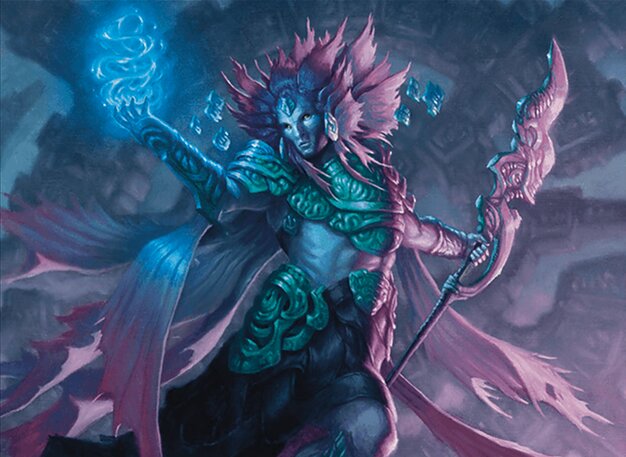
Hakbal of the Surging Soul
Murfolk tribal focused on exploring to generate incremental value, creating map tokens and leveraging sacrifice effects to control the board and out-value opponents.
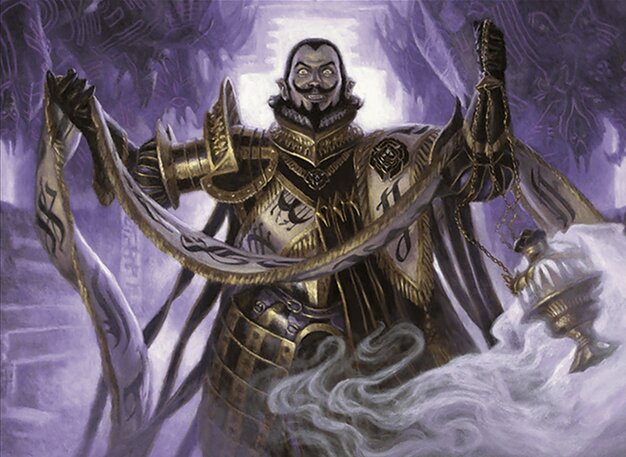
Clavileño, First of the Blessed
Vampire tribal utilizing sacrifice outlets and card draw to maintain pressure and generate demon tokens, aiming to outpace opponents with efficient creatures and resource advantage.
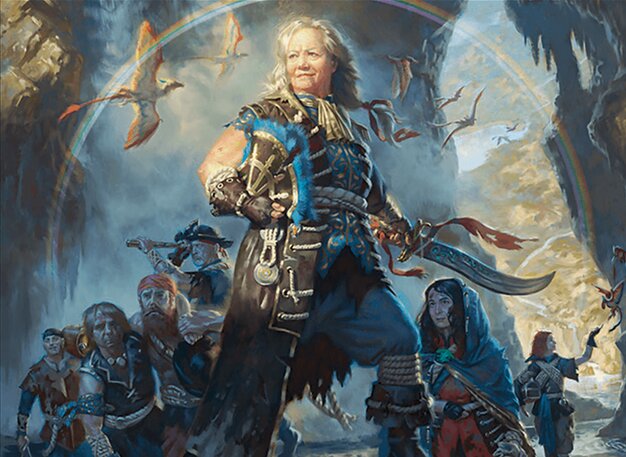
Admiral Brass, Unsinkable
Pirate tribal emphasizing graveyard recursion to continually bring back creatures, creating a persistent threat presence and overwhelming opponents through attrition.
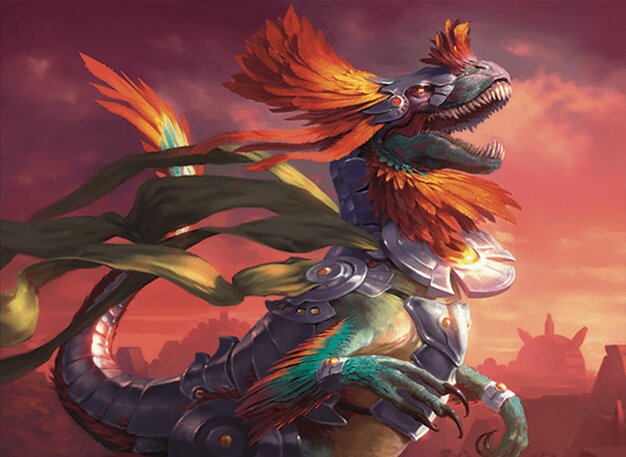
Pantlaza, Sun-Favored
Dinosaur tribal leveraging the discover mechanic to cascade into additional dinosaurs, aiming to flood the board with powerful creatures and dominate through raw power.
Gameplay Insights
- 1
The Murfolk player used map tokens from Topography Tracker to create a flexible resource engine, synergizing well with exploring and sacrifice effects.
- 2
Countering an opponent's activated ability on Evolving Wilds disrupted their mana ramp and tempo, showcasing timely interaction.
- 3
The Vampire deck utilized Master of the Dusk to sacrifice creatures for black mana, enabling casting of key cards and maintaining pressure through token generation.
- 4
The Pirate deck's strategy of recurring creatures from the graveyard created a resilient board presence difficult to remove all at once.
- 5
Aggressive early attacks were used to trigger tribal abilities and apply pressure, forcing opponents into defensive plays.
Notable Cards
-
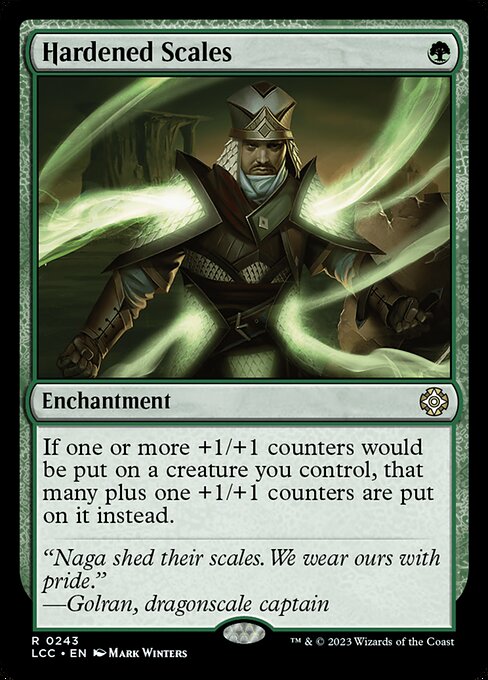
Hardened Scales
-

Evolving Wilds
-

Rampant Growth
-
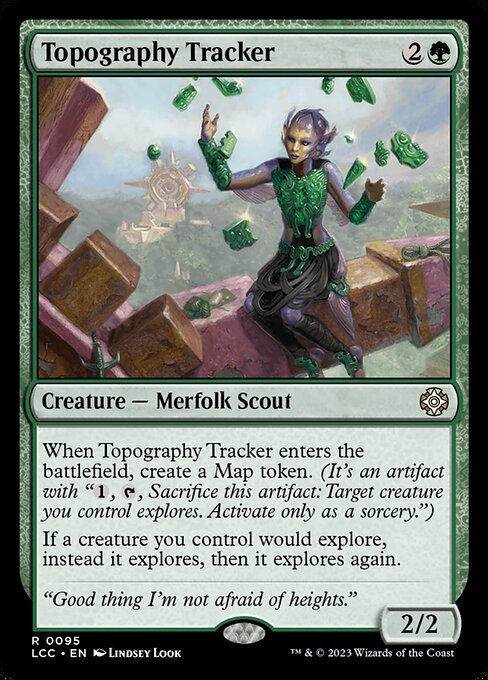
Topography Tracker
Gameplay Summary
The game saw a dynamic clash between four distinct tribal preconstructed decks from the Caverns of Ixalan set: Murfolk, Vampires, Dinosaurs, and Pirates.
Early turns involved setting up mana and deploying key tribal enablers such as Hardened Scales on Murfolk and Master of the Dusk for Vampires.
The Pirate deck focused on recurring creatures to generate pressure, while the Dinosaur deck leveraged the discover mechanic to cascade into additional threats.
Interaction between players included targeted attacks and countering abilities to slow down opponents' development. As the game progressed, players began leveraging their tribal synergies more aggressively.
The Pirate deck sought to overwhelm by recurring creatures from the graveyard, while the Vampire deck aimed to generate card advantage through sacrificing creatures and creating flying demon tokens.
The Dinosaur deck aimed to capitalize on cascading into more dinosaurs to dominate the board.
The Murfolk deck explored for value, utilizing map tokens and sacrifice abilities to maintain tempo.
Key turning points included the disruption of evolving wilds triggers and strategic attacks to trigger tribal abilities, shifting board control and momentum towards the more proactive decks.





















![Lost Caverns of Ixalan Pack Tactics!! ft Hakbal, Pantlaza, Clavileno, and Brass [Commander Gameplay] thumbnail](https://i.ytimg.com/vi/mf_8w8n7c2g/sddefault.jpg)



